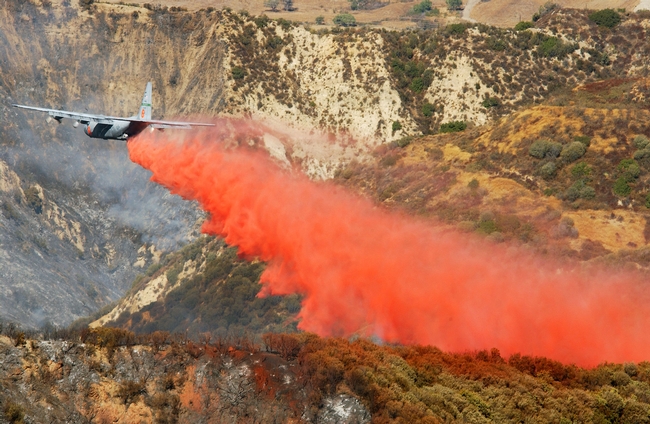
The aerial attack on the 2013 Rim Fire near Lake Tahoe cost $11 million, a substantial portion of the $95 million effort to put out the blaze, the story said.
"It's a huge cost," said Bill Stewart, UC Agriculture and Natural Resources fire science researcher and former state firefighter. "It can go up as high as you want and keep on sending aircraft."
Stewart, who serves as a UC ANR Cooperative Extension specialist in the Center for Forestry at UC Berkeley, questions whether air drops are used more than they should be.
"When the fires are really hot, sometimes they are not effective. The flames are going up so the (water and retardant) never gets on the fires," Stewart said.
Air attacks are often referred to within the ranks as "CNN drops," Stewart said, because they look good on TV, and the general public expects them.
"It helps some, and if you didn't do it, people would say, 'Why didn't you call it in?'" Stewart said.
He believes the money used for air attacks could often be better spent on hand crews and bulldozers.
"I always asked, 'What's the cost-effectiveness of these drops?' and they said, no one has ever tried to look at it," Stewart said.